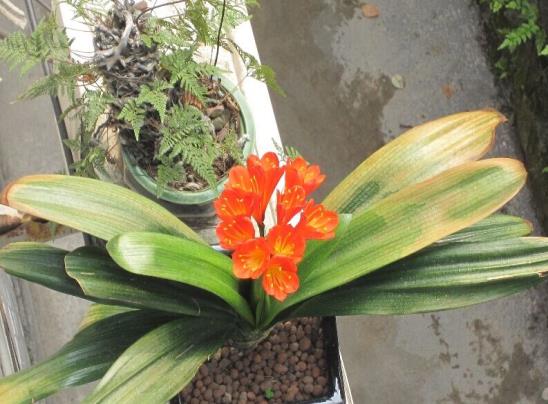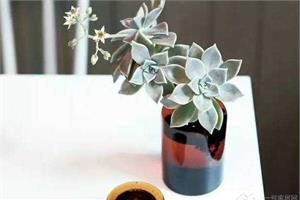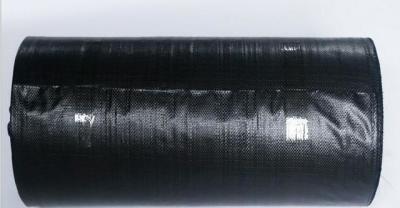Five reasons for the yellowing of Cymbidium leaves treatment of yellowing of Cymbidium leaves
Flower friends who cultivate Cymbidium may encounter the situation of yellowing leaves, but many people do not know how to deal with them. Let's take a look at the five reasons for the yellowing of Cymbidium leaves and the treatment of yellowing leaves.

Analysis of the reasons for the yellowing of the leaves of Cymbidium:
1. Temperature reason: the suitable temperature for the growth of Cymbidium is 1525 ℃. When the temperature difference between day and night is 8: 12 ℃, it is most suitable for the growth of Cymbidium. If the temperature is too high, the leaves will become shallow, yellow and even wilt.
2. humidity reason: Magnolia is a wetting plant, which requires high humidity of the growing environment. If the basin soil is too dry for a long time and the temperature is high, it is easy to make the leaves yellow.
3. Soil reasons: Magnolia likes loose and fertile sandy soil, soil consolidation and insufficient supply of fertilizer will make the leaves yellow and affect flowering.
4. Lighting reasons: Cymbidium is a semi-positive flower, which likes weak scattered light and is not resistant to strong light. Too strong light is easy to cause sunburn, light leaves change from green to yellow, heavy leaves dehydrate and dry up and die.
5, the reason of ventilation: the orchid is too dense and the surrounding environment is closed, which hinders the air circulation and makes the plant thin and yellow. Therefore, it is necessary to strengthen indoor ventilation to avoid excessive density.
The treatment of yellowing of the leaves of Cymbidium:
Phenomenon 1. The leaves of Cymbidium are yellow and the middle leaves are black and rotten.
Solution: toilet paper or facial Jack paper can be used to absorb rotten juice, use appropriate methods to remove dirt that can be cleaned, usually keep the environment relatively dry, it is recommended to use basin watering method.
Phenomenon 2. All the leaves of Cymbidium turn yellow.
Solution: all yellow, often the symptoms of fever, encounter this situation need to immediately shade, and cut off the yellow leaves.
Phenomenon 3. The leaves of Cymbidium are withered and sagging.
Solution: leaf withering or sagging is a symptom of lack of water, and the principle of no dry and no water in the basin should be mastered when watering in the future.
Phenomenon 4. The leaves of Cymbidium are partially yellowed.
Solution: local yellowing, it is likely to be fire, cold wind, hot water, acid erosion, timely elimination of external causes. Sometimes, a lack of nitrogen fertilizer may cause plants to suffer from chlorosis, reducing chlorophyll and causing leaves to turn yellow. In this case, fermented cake fertilizer and water can be added.
Phenomenon 5. The leaves of Cymbidium are wrinkled and yellow spots.
Solution: burn roots caused by excessive fertilization, change the soil immediately, soak the roots with 0.1% potassium permanganate solution for 20-30 minutes, rinse with clean water, remove the rotten roots after drying, spread plant ash on the wound, and replant.
Phenomenon 6. Two outer leaves of Cymbidium turn yellow.
Solution: this is a normal new layer of metabolism, only need to prune the outer 2 leaves.
Phenomenon 7. The leaves of Cymbidium appear grayish yellow.
Solution: the reason for the grayish yellow leaves of Cymbidium is mainly due to the strong direct sunlight and the need for shade.
Phenomenon 8. The leaves of Cymbidium appear yellowing symptoms.
Solution: due to lack of light, if the room is very dark, gentleman orchid will yellowing, with fluorescent lamps to supplement the light.
Phenomenon 9. The leaves of Magnolia are yellow and weak
Solution: leaf yellow and weak is lack of fertilizer, thin fertilizer should be applied frequently; leaf yellowing is native and impermeable, and rotten leaf soil or pine needle soil should be replaced.
The above is the relevant introduction of this article, I believe you have a simple understanding of this after reading it, if necessary, you can continue to pay attention to the No. 1 home network for more information.
- Prev

Household plants: what are the advantages and disadvantages of hydroponic cultivation of succulent plants
Household plants: what are the advantages and disadvantages of hydroponic cultivation of succulent plants
- Next

Character Identification list of main Horticultural varieties of Changchun Magnolia (original picture)
1. "Great Victory": it is the best product of the early gentleman orchid. Leaves are medium-wide, short-pointed, dark green, glossy; flowers are large and fresh, flowers bloom neatly; fruit is globose. ...
Related
- Wuhan Hospital Iron Tree Blooming Result Was Instantly Frightened by the Gardener Master
- Which variety of camellia is the most fragrant and best? Which one do you like best?
- What is the small blue coat, the breeding methods and matters needing attention of the succulent plant
- Dormancy time and maintenance management of succulent plants during dormancy
- Minas succulent how to raise, Minas succulent plant pictures
- What are the varieties of winter succulent plants
- How to raise succulent plants in twelve rolls? let's take a look at some experience of breeding twelve rolls.
- Attention should be paid to water control for succulent plants during dormant period (winter and summer)
- Watering experience of twelve rolls of succulent plants
- Techniques for fertilizing succulent plants. An article will let you know how to fertilize succulent plants.

